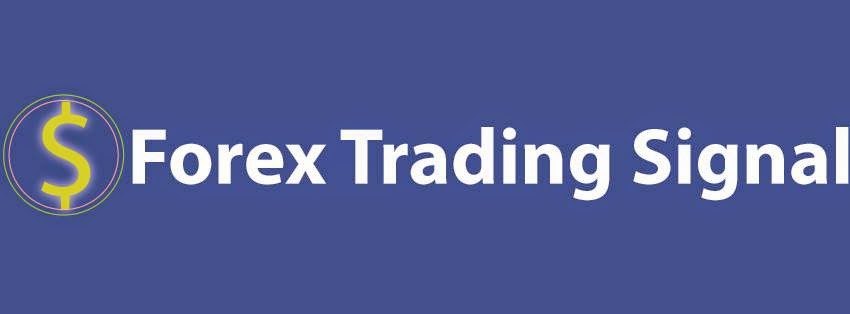TechnicalAnalysis
Technical Analysis goes hand-in-hand with forex charting. Technical analysis attempts to forecast future price movement through the mathematical analysis of past price action. For many traders, technical analysis is the most important tool for examining the market. Technical analysis involves the study of past and forex prices-often though the use of charts-with the objective of predicting future prices movements and trends, and identifying opportunities for profitable forex trading. Many traders advocate technical analysis as the most (or only!) reasonable method to attempt to predict prices. That opinion is based on the idea (and cliché ) that the "market action discounts everything". That statement means that all factors that can be known that can impact currency prices are already reflected in the currency price. (Of course, few technical traders would dare ignore pending events, such as the release of economic reports discussed in the section above.). In addition to the belief that the "market action discounts everything, fundamental analysis is based on two additional ideas: Prices move in trends: this truism is apparent by observing a forex chart. Currency prices tend to move in the same direction for periods of time.
Market history repeats itself
Again, some examples of repetitive cycles can be observed on almost any forex chart. However, this premise proposes an idea more subtle: that for a set of general setup conditions in currency price history, currency prices are likely to respond in direction and manner similar to their response to the same initial conditions in the past. Various simple tools can be used in technical analysis, such as moving averages, trend lines and support levels, or the advanced trader might choose from a wide range of advanced analyses and theories including relative strength index, Fibonacci studies, cycles, and many more. Some popular fundamental analyses include Elliott Wave Theory, Fibonacci Studies, and Pivot Points. The Elliott Wave Theory holds that markets are affected by the psychology of the population, and move in response to this psychology in a predictable pattern. The theory was developed in the 1920's for stock markets and is now being used in forex trading. Fibonacci Studies look at the relationship of numbers and apply the same sequence analysis to the forex market, to project the direction the market will move. Pivot Points refers to the point at which the currency changes direction and increases or decreases over the day. Information from the previous day is examined to see where the pivot point will be for the current trading day. All of these tools provide the trader with the perspective needed to ensure trades are accurate and profit is maximized. Many books have been written about fundamental analysis, and there is much more to learn on the topic.
Charting
Often, forex markets are studied through the use of charts that show market prices over a period of time. Traditionally, financial charts were drawn by hand. Fortunately, today such charts are available through forex trading platforms, and are available online on websites such as this one Charts are used extensively by traders, to study past patterns of price movement, identify ongoing trends, and to try forecasting future price movement. Technical indicators are often used in conjunction with charts. Simple technical indicators include moving averages. Many complex indicators are available, which involve complex mathematical analysis of price data. Fortunately, online charts do all the calculations automatically, and display the results as overlays on the chart. Forex charts are usually presented in one of several formats, including line, bar chart and candlestick.
Bar Charts
Perhaps the most popular type of forex chart is known as the bar chart. Bar charts plot price (in the vertical dimension) over a period of time (in the horizontal dimension). Each bar on the chart represents a fixed time period, which can often be selected by the viewer if the chart is being viewed online or through a forex trading platform. Each single bar (or 'tick') on a bar chart illustrates 4 distinct prices for the period of time represented by the chart. Those prices are: open - currency price at the start of the period; high - the highest price during the period; low - the lowest price during the period; and close - the price of the currency at the end of the period. With experience at reading charts, a trader can visualize market action quickly from a bar chart or can study the chart in depth to identify trends, levels of price support and resistance, indications of potential trend reversal, repeating cycles, and much more. The same capabilities exist in another popular form of chart, which displays the same information, but in a different format.

No comments:
Post a Comment